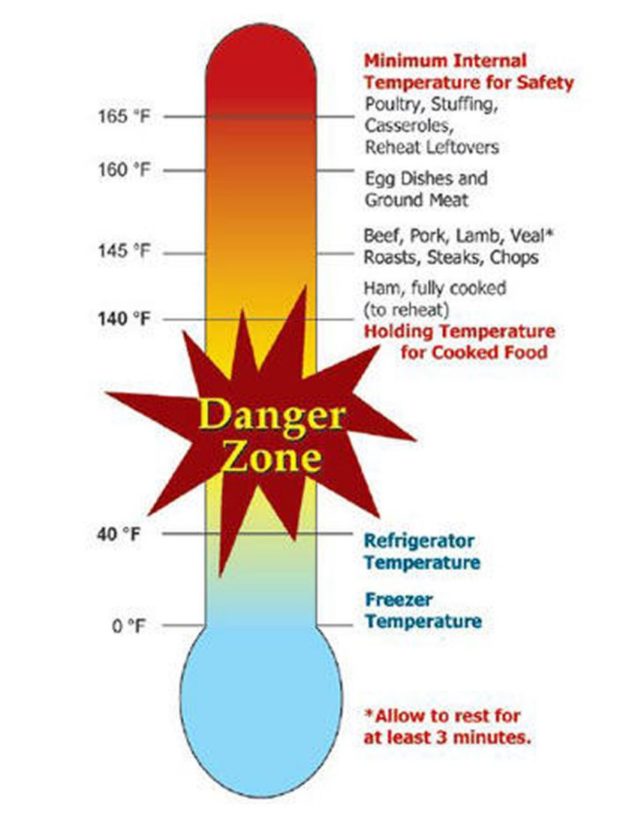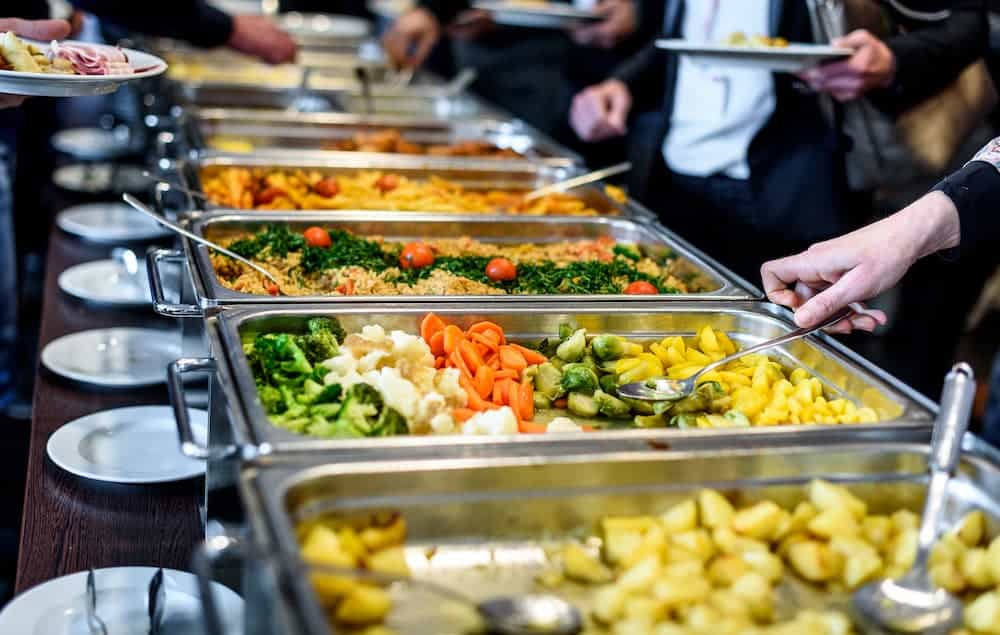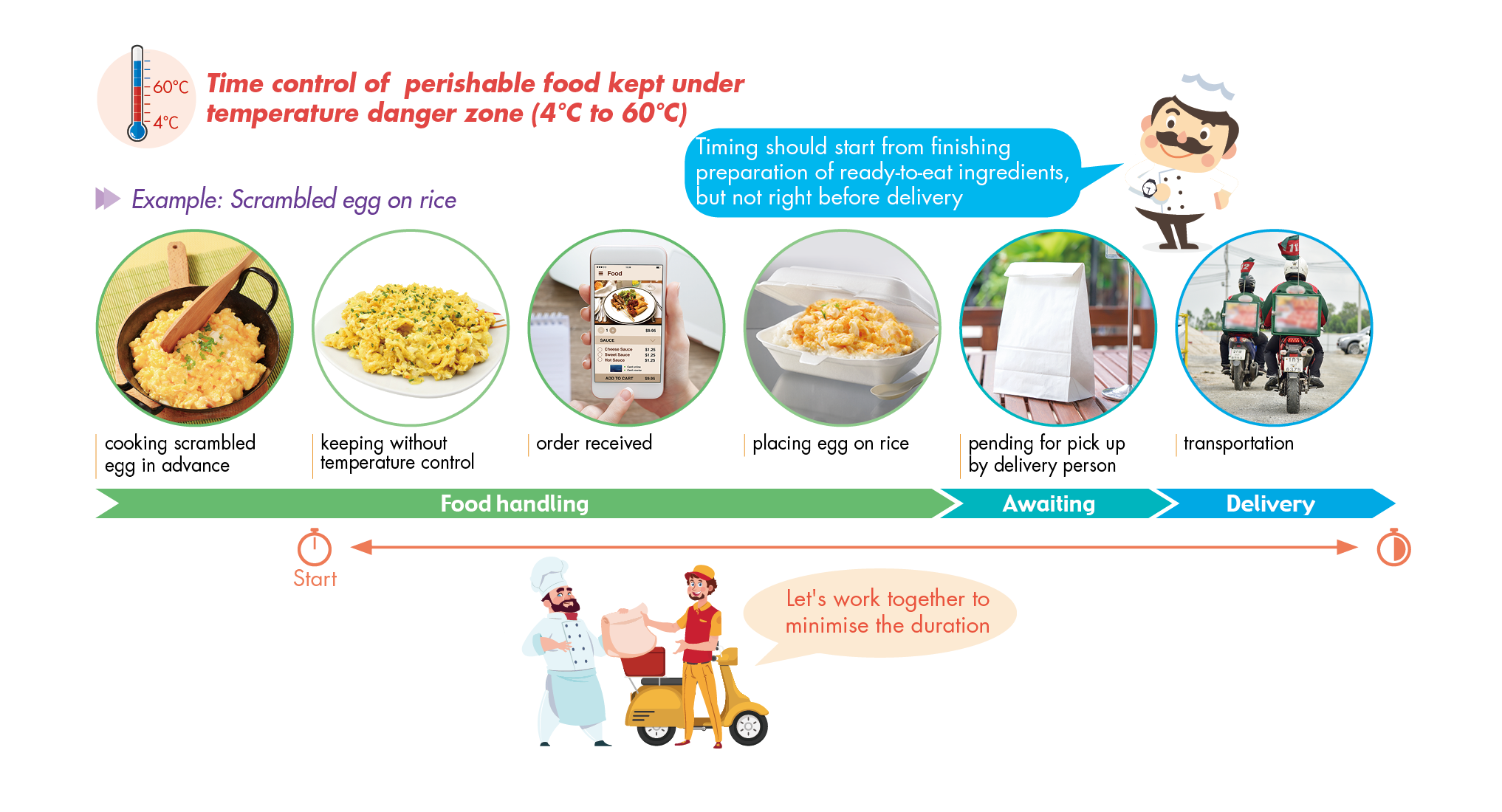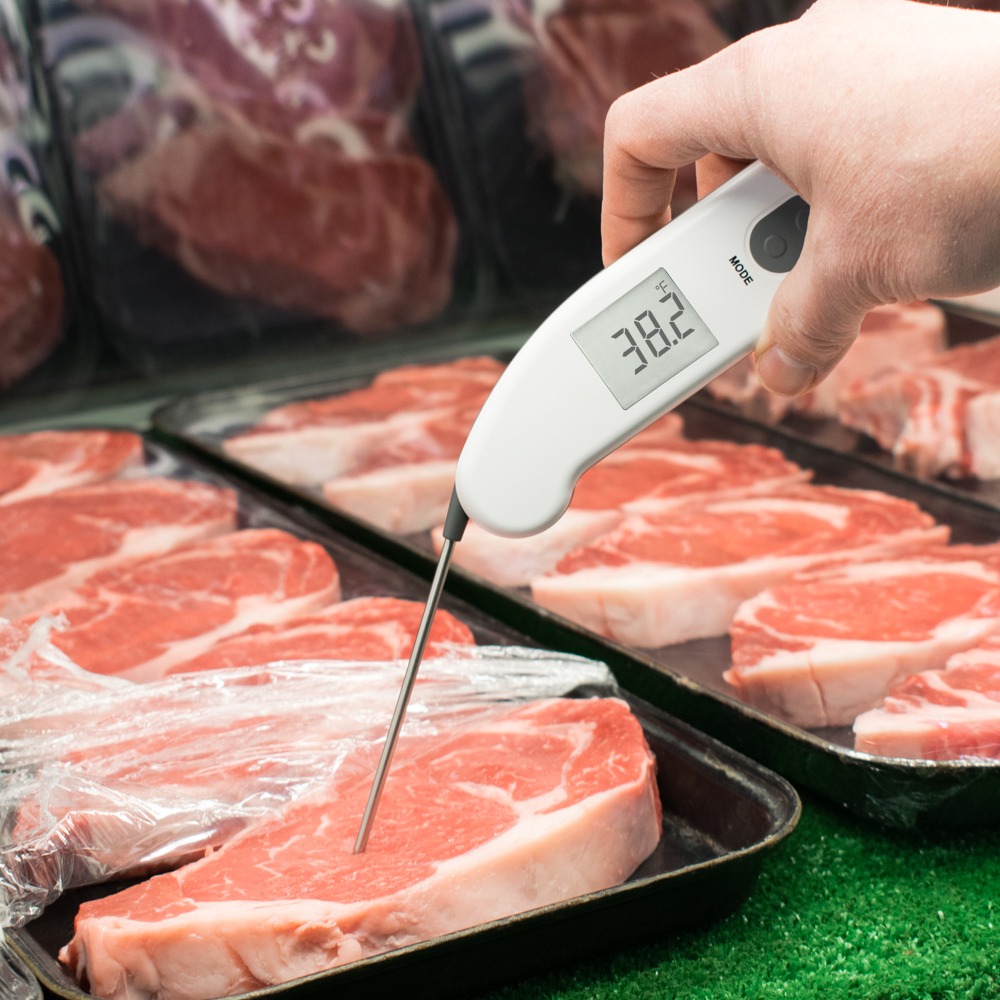Perishable Foods Should Be Held Either Below
Perishable foods are those likely to spoil decay or become unsafe to consume if not kept refrigerated at 40 F or below or frozen at 0 F or below. Food life can be maximized when food is stored.

Effects Of Temperature On Food Home Garden Information Center
Perishable food should never be kept at temperatures between 40F and 140F for more than 2 hours.

. If storage is necessary maintain the proper temperature and humidity. 2095335637 When delivery time exceeds 30 minutes food must be held either cold below 41 or hot above 135. The frozen food or highly perishable food items are kept best in freezer at 20 to 10C.
Food should only be deliveredreceived from food facilities permitted with San Bernardino. Michigan State University Extension recommends the following tips. The temperature requirement varies with type of food and other items.
This is an alternate ISBN. Answer to Perishable foods should be held either below _____ F or. Cold and Hot Food Handling 48 W.
View the primary ISBN. Examples of foods that must be kept refrigerated for safety include meat poultry fish dairy products and all cooked leftovers. Perishable foods should be held either below _____ F or above _____ F.
Food additives such as calcium propionate sodium nitrate and acetic acid act to 5. As long as first in first out FIFO is followed perishable foods can be held in the freezer or in storage under dry conditions for an unlimited period of time asked Jul 18 2017 in Nutritional. If the fridge is still at or below 40 F or the food has been above 40 F for only 2 hours or less it should be safe to eat.
A perishable foods are kept at room temperature for more than 2 hours B a utensil contaminated with a microorganism from a. Yaney Ave Sonora CA Call. Perishable foods should be held either below _____ F or above _____ FA.
Carol Byrd Bredbenner Gaile Moe Donna Beshgetoor Jacqueline Berning Rent Buy. Solutions for Chapter 3 Problem 24MCQ. Discard all perishable foods such as meat poultry or eggs left at room temperature longer than two.
Thawing meat in a dish on a low shelf in the. Question 12 of 25 40 40 Points To be defined as a good source of calcium a food must contain. Nature Valleys Variety Pack will provide you with 12 individually-wrapped bars in both peanut butter oats n dark chocolate and oats n honey flavors.
This is particularly important for perishables. Food and Drug Administration. And with 16 grams of.
In order to keep perishable foods safe they must be stored below or above the danger zone. Refrigeration slows bacterial growth. The danger zone is defined as 5 to 5722 C 4100 to 13500 F by food safety authorities such as the Food Safety and Inspection Service FSiIS of the United States.
Cross-contamination of food occurs when _____. Frozen food that still has ice crystals or is at 40 F or. At least 5 of the Daily Value for calcium in 1 serving of the food.
Temperature One of the key factors in storing foods is the temperature of the storage facilities. Food additives are regulated by the. Perishable Foods the Home Fresh perishable foods should be used soon after harvest or purchase.
Perishable foods should be held either below _____ F or above _____ F. You can find refrigerator and freezer storage information a cold storage chart at Safe Food Handling and Preparation. Always store perishable foods in the refrigerator at 40 F or below or in the freeze at 0 F or below.
At least 10. Bacteria can grow well at these temperatures and may grow to levels that could cause. Which of the following is a safe food handling practice.
Perishable foods should be held either below _____ F or above _____ F. In general cooking poultry and ground.

Temperature Danger Zone Food Type Risks And Ranges


0 Response to "Perishable Foods Should Be Held Either Below"
Post a Comment